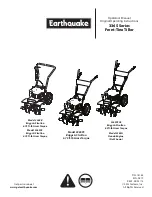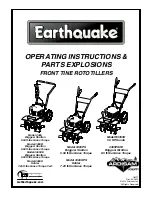
6/7
Page
Revision
Revision date
0
2017-06-21
Harp® 134a
12.1. Toxicity
No data available
12.2. Persistence and degradability
Not readily biodegradable.
12.3. Bioaccumulative potential
Does not bioaccumulate.
Partition coefficient
Harp® 134a No data available
12.4. Mobility in soil
No data is available on this product.
12.5. Results of PBT and vPvB assessment
This substance is not considered to be persistent, bioaacumulating, toxic (PBT), nor very
persistent, very bioaccumulating (vPvB).
12.6. Other adverse effects
Global warming potential (GWP): Global warming potential with respect to CO2 = 1430 (IPCC
Assessment Report 4).
Ozone depletion potential: Ozone depletion potential; ODP; (R-11 = 1), Value:.
SECTION 13: Disposal considerations
13.1. Waste treatment methods
Dispose of in compliance with all local and national regulations.
Disposal methods
Contact a licensed waste disposal company.
SECTION 14: Transport information
Hazard pictograms
14.1. UN number
UN3159
14.2. UN proper shipping name
1,1,1,2-TETRAFLUOROETHANE
14.3. Transport hazard class(es)
ADR/RID
2
Subsidiary risk
-
IMDG
2.2
Subsidiary risk
-
IATA
2.2
Subsidiary risk
-
14.4. Packing group
Packing group
-
2017-06-21
Print date
Powered by
Copyright © 2017 ChemSoft Limited. All rights reserved.
Annex R-1 170621 SDS for refrigerant HFC-R134a
42






































